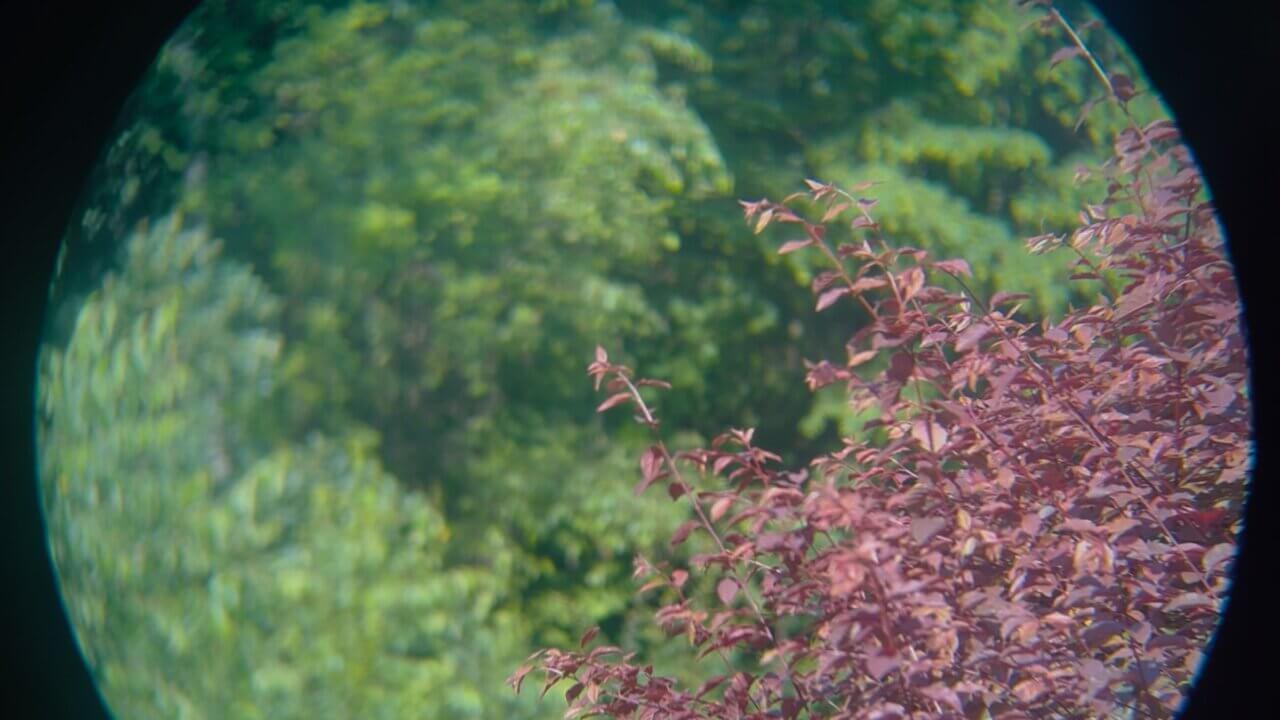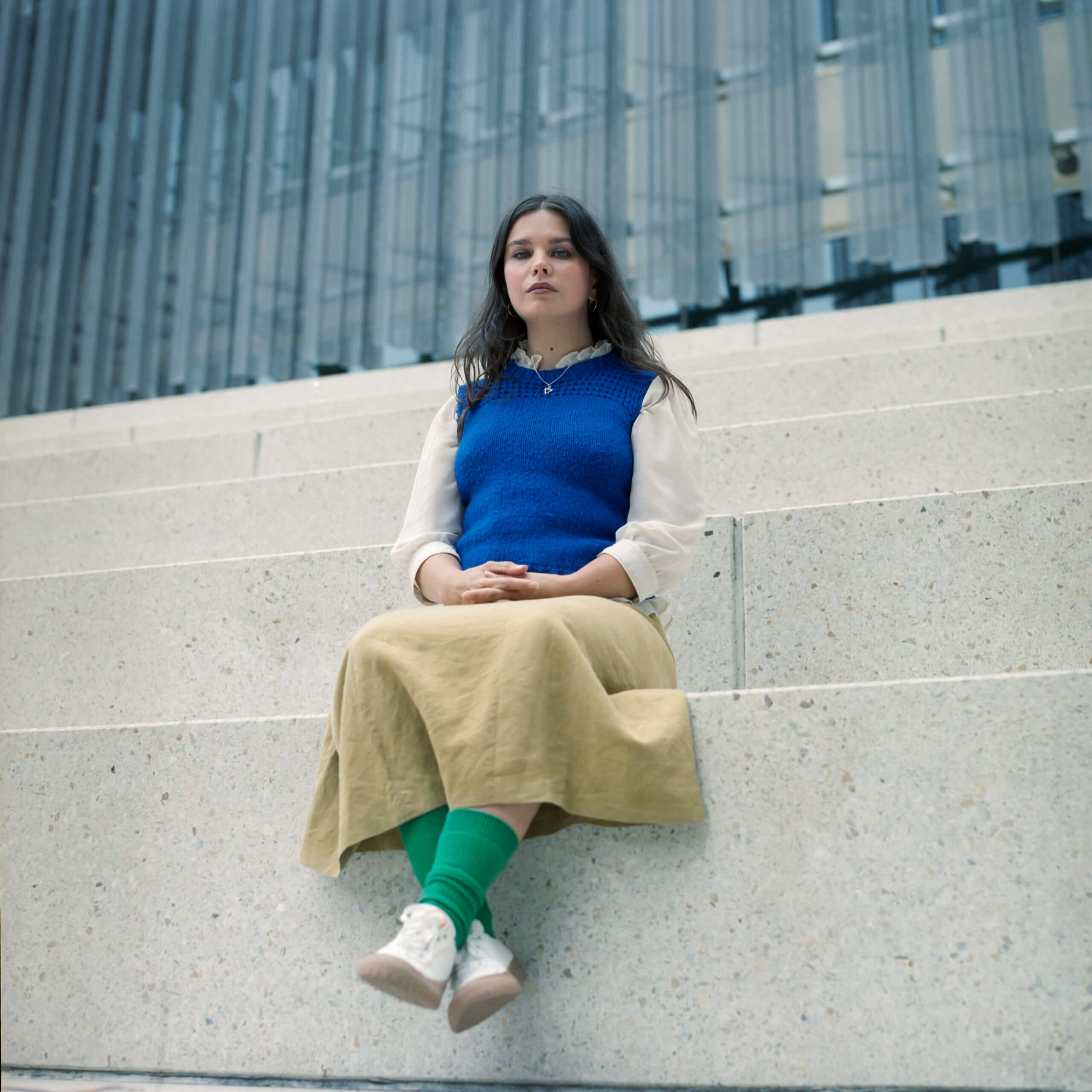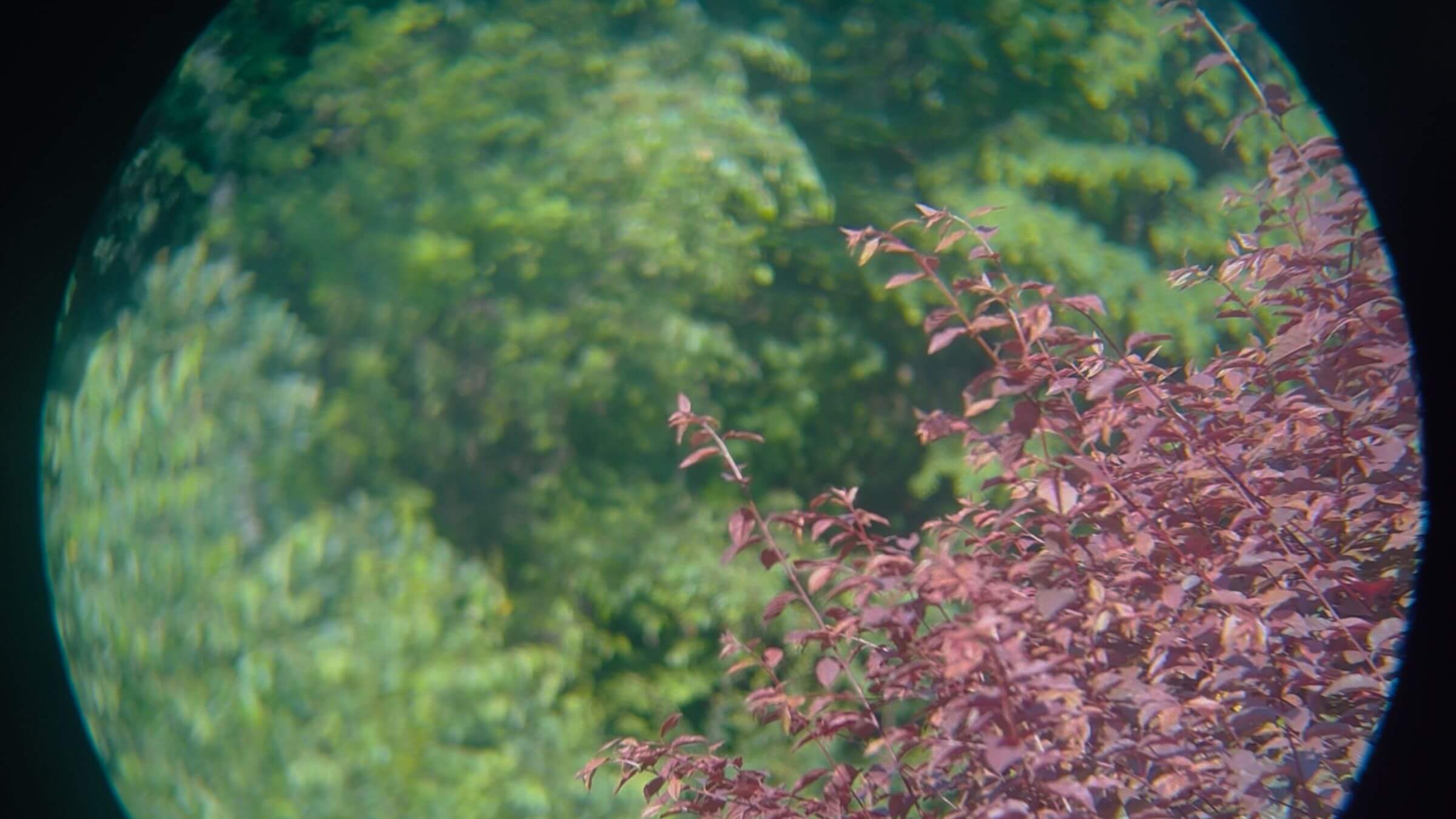Embark on a journey into the creative mind of artist Katie Paine as she unveils her latest exhibition at Metro Arts – Windows.
Through mesmerising media installations, Paine explores how our perceptions shape our experience of time and place.

Embark on a journey into the creative mind of artist Katie Paine as she unveils her latest exhibition at Metro Arts – Windows.
Through mesmerising media installations, Paine explores how our perceptions shape our experience of time and place.
TELL US A LITTLE BIT ABOUT THE EXHIBITION…
Katie Paine (KP): Windows is an installation centred around two video works that tell stories about the ways that we encounter and understand the world through the collection of information and the construction of knowledge. Windows considers the apparatus of the eye and the surface of the mirror as metaphoric considerations of how vision acts as an interface between our consciousness and the world around us.
On The Myopic Gaze of a Surrogate Eye depicts a failed medical study that tries to understand the nature of blind spots and the territory that sits outside of vision. The City of Glass explores optics from a historical perspective, telling the story of the history of mirror-making in Early Renaissance Venice.
HOW WOULD YOU DESCRIBE YOURSELF AS AN ARTIST?
KP: I would describe myself as an artist who wanders through different mediums in order to investigate ideas using different kinds of narrative treatment. Every project I work on centres around a piece of written fiction. For me, I find that fiction allows me to unpack a variety of conceptual problems and ideas from many perspectives at once.
My practice is primarily concerned with ideas across a range of media: content is synthesised and translated between each form of making. I find it useful to refer to the term ‘translation’ as a tool to understand those areas of my research involving indeterminate and subconscious processes that are hard to verbalise. For my practice-led research, I often unpack ideas through several modes of making simultaneously.
I imagine my multidirectional and perambulatory movements between modes of practice as a form of translation. For example, in preparation for my exhibition, Windows, I have synthesised content through methods such as drawing, filming, writing or producing installations. I have utilised these methods as ‘languages’ to ‘rewrite’ the same idea in order to translate it or to excavate its fundamental meaning.
This fundamental meaning resides in a spectral space that transcends the specificities of language or methods of making. Meaning is not manifest in tangible form and therefore, recently I have been drawing similarities between acts of translation, research and the hunt for a ghost.

WHO INSPIRES YOU AND WHY?
KP: I take my inspiration from many places simultaneously, places I see on my walks, books I am reading, conversations I have with my friends.
When preparing for this exhibition, I began to be fascinated with mirrors and reflective surfaces when I noticed that, on certain walks, when light catches glass from a particular angle, your field of vision is transformed and for a moment a different reality, an alternate reflected world is suspended in front of you like a mirage.
Recently, books such as Olga Tokarczuk’s Flights, Paul Auster’s New York Trilogy and Andrei Tarkovsky’s The Mirror have been inspiring me with their strange, riddle-like stories that weave labyrinthine narratives.
For this particular exhibition I have worked closely with my father who is a neurologist and neuro-ophthalmologist now based in Meanjin. For both videos he has consulted on their content and some footage was filmed on site in his office. His practice teaches me much about how the brain and eye collude with one another to form our understandings of reality, but also, these methods of perception can be fallible and this potential for slippage and accidents fascinate me.
HOW DID YOU DISCOVER YOUR LOVE FOR VISUAL ARTS?
KP: I grew up reading and drawing every day as a child. I spent most of my childhood and parts of my adolescence in and out of hospital for a series of surgeries that left me unable to walk.
In many ways, during this time I felt like an observer to the outside world, so much so that I began to have trouble distinguishing between events unfolding around me and the narratives in books or films.
I suppose this had tangible affects on my art practice, both in terms of my focus on research as a method of art-making but also my perspectives on the tenuous boundaries between fiction and lived experience.
As I got older, I became increasingly frustrated with the ways that institutions of knowledge such as medicine promise to care for living bodies and solve their many mysteries, and yet such systems seemed to constantly let people down.
We use systems of knowledge to perceive and understand the world and yet these stories depict failed encounters. Discourses such as appear to render the pandemonium of existence into concrete fact but within these systems there are fissures. Something slips through the cracks: ideas, memories and experiences that cannot be contained drift out in the world to create new narratives.
I suppose for me, art, both as a viewer and maker, seems to hold all the world’s dichotomies at once and allows for idiosyncrasies and misunderstandings in ways that other fields do not.
Catch Windows in the Metro Arts Galleries 16 MAR – 20 APR, West Village, West End.
Click here for gallery opening times.
